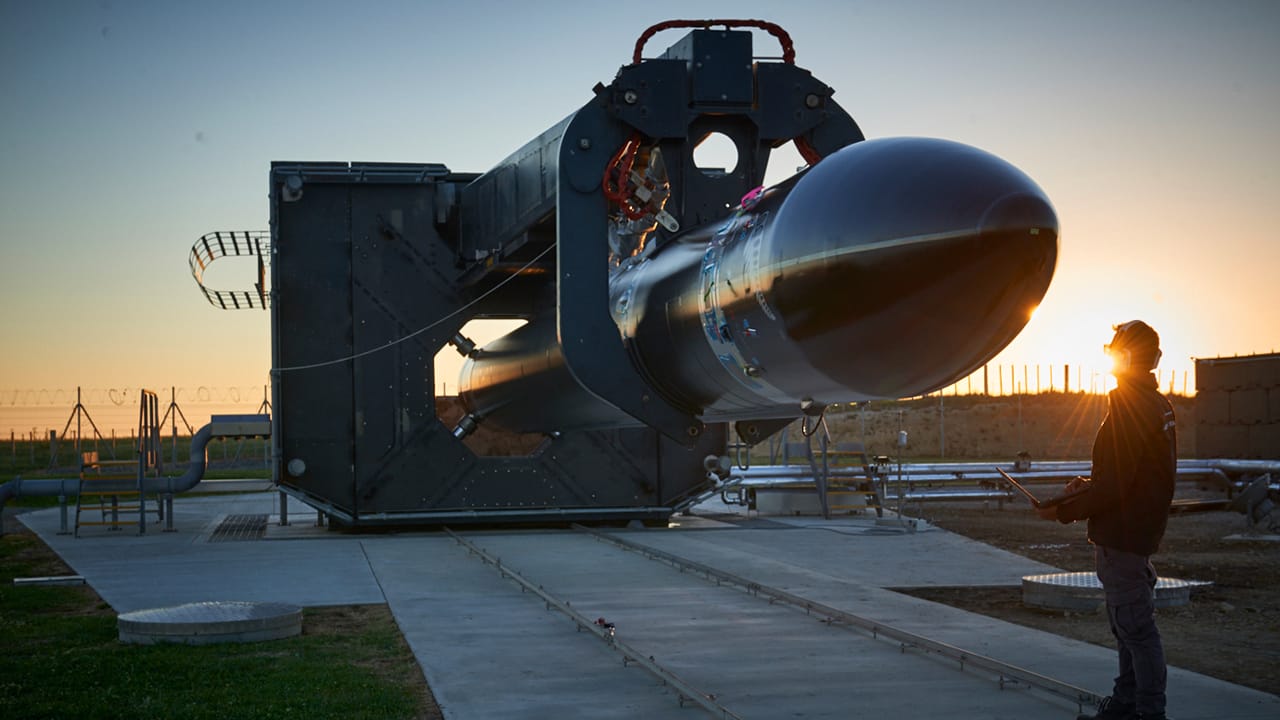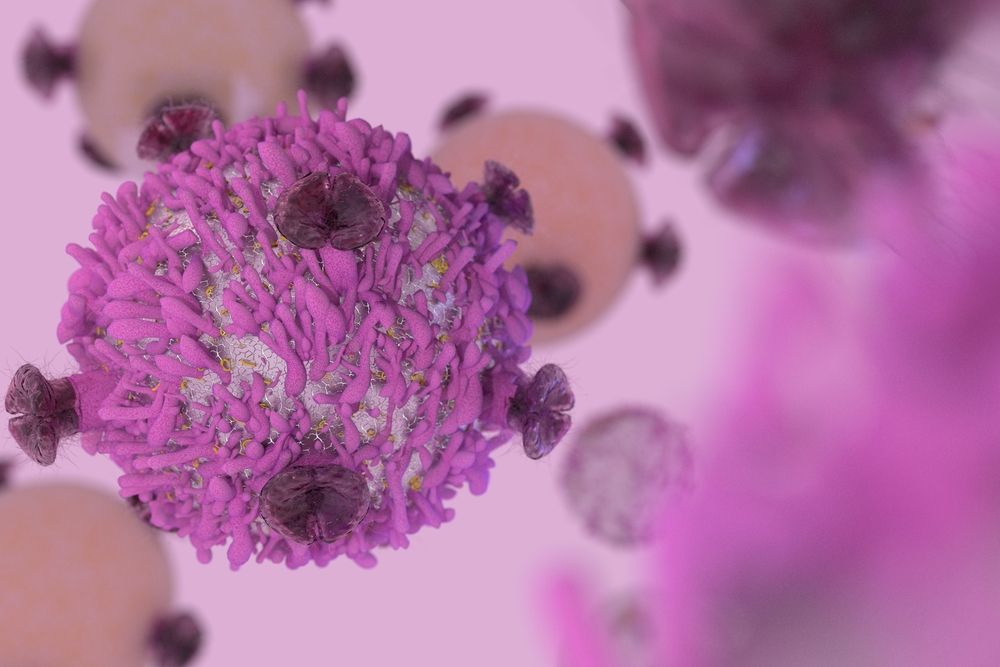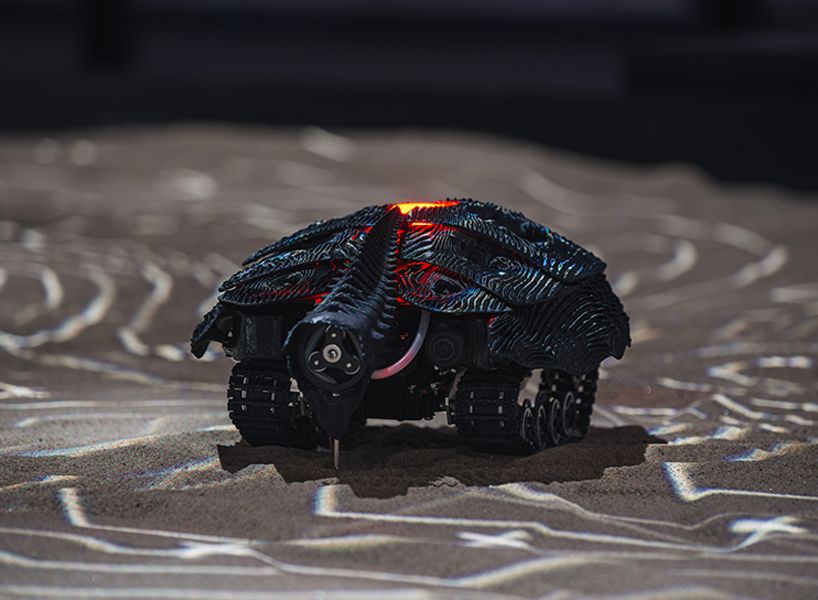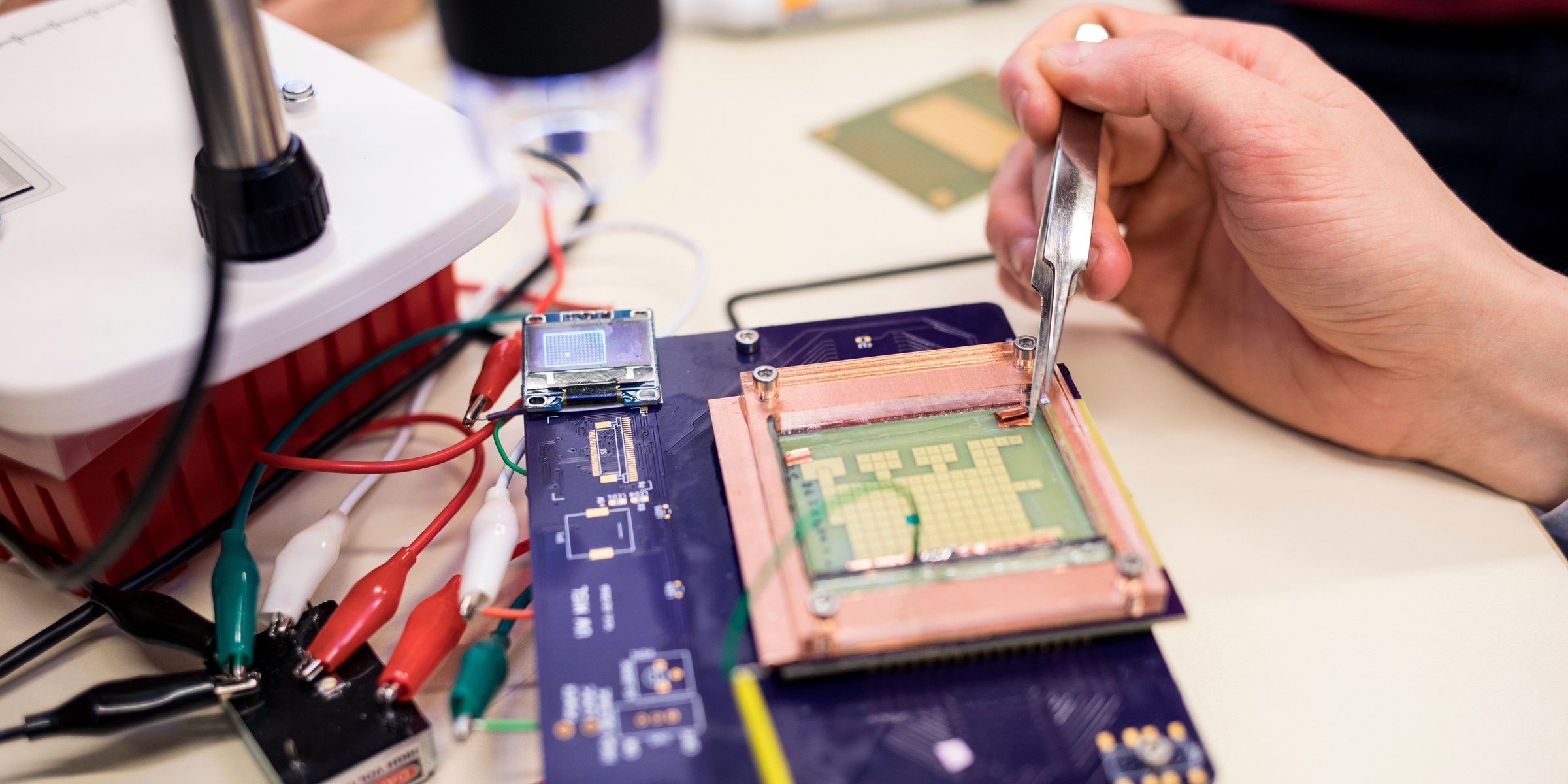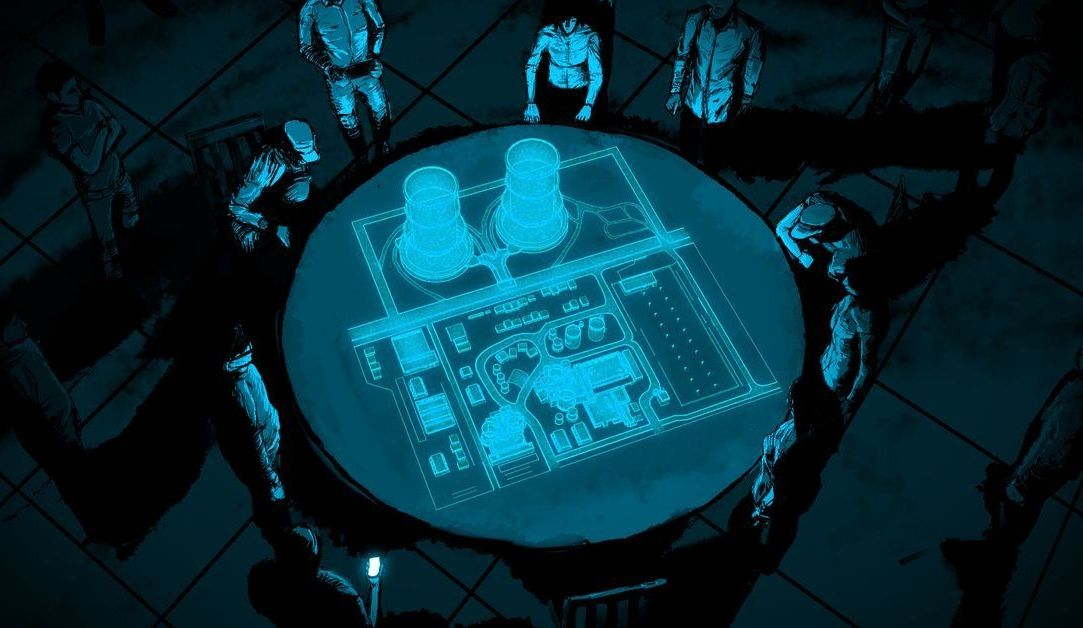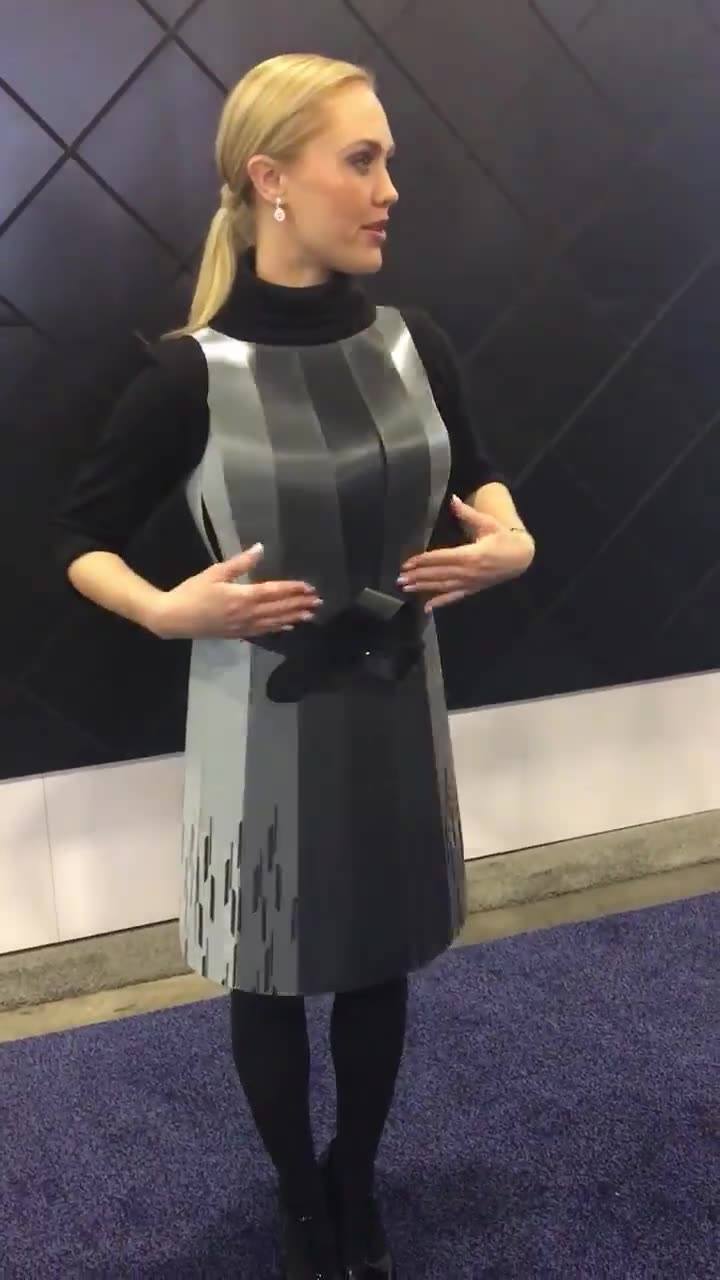Page 9707
Jan 25, 2018
TIGIT as a Biomarker for T Cell Senescence and Exhaustion
Posted by Steve Hill in categories: biotech/medical, life extension
In a new study, researchers propose that TIGIT is a marker of T cell senescence and exhaustion in the immune system. However, not only is TIGIT just a biomarker, it is also a potential therapeutic target; as the researcher team discovered, lowering levels of TIGIT resulted in the restoration of some lost function in T cell populations that were experiencing high levels of senescence and exhaustion.
In a new study, researchers propose that TIGIT is a marker of T cell senescence and exhaustion in the immune system[1]. However, not only is TIGIT just a biomarker, it is also a potential therapeutic target; as the researcher team discovered, lowering levels of TIGIT resulted in the restoration of some lost function in T cell populations that were experiencing high levels of senescence and exhaustion.
Aging is associated with immune dysfunction, especially T-cell defects, which result in increased susceptibility to various diseases. Previous studies showed that T cells from aged mice express multiple inhibitory receptors, providing evidence of the relationship between T-cell exhaustion and T-cell senescence. In this study, we showed that T-cell immunoglobulin and immunoreceptor tyrosine-based inhibitory motif (ITIM) domain (TIGIT), a novel co-inhibitory receptor, was upregulated in CD8 + T cells of elderly adults. Aged TIGIT + CD8 + T cells expressed high levels of other inhibitory receptors including PD-1 and exhibited features of exhaustion such as downregulation of the key costimulatory receptor CD28, representative intrinsic transcriptional regulation, low production of cytokines, and high susceptibility to apoptosis. Importantly, their functional defects associated with aging were reversed by TIGIT knockdown.
Jan 25, 2018
What happens when AI tries too hard to improve reality, in one photo
Posted by Genevieve Klien in category: robotics/AI
Jan 25, 2018
Scientists building world’s most-powerful ‘SUPER LASERS’ that can RIP holes in space
Posted by Genevieve Klien in category: space
Jan 25, 2018
Noumena’s Robotic Habitats Questions The Evolution of Artificial Intelligence
Posted by Klaus Baldauf in categories: habitats, mapping, robotics/AI, space
for the 2017 tallinn architecture biennale, noumena has presented its installation based on the future of robots and its adaptability with the environment. deep learning has paved the way for machines to expand beyond narrow capabilities to soon achieving human-level performance on intellectual tasks. however, as artificial intelligence — A.I. — establishes its place within humans, society will need to develop a framework for both to thrive. a new form of artificial life will emerge, finding space at the peripheries of humanity in order to not compete for human-dominated resources. A.I. will attempt to improve its operating surroundings to not just survive but be self-sustaining, forming the basis of a civilization constrained at the intersection of nature and technology.
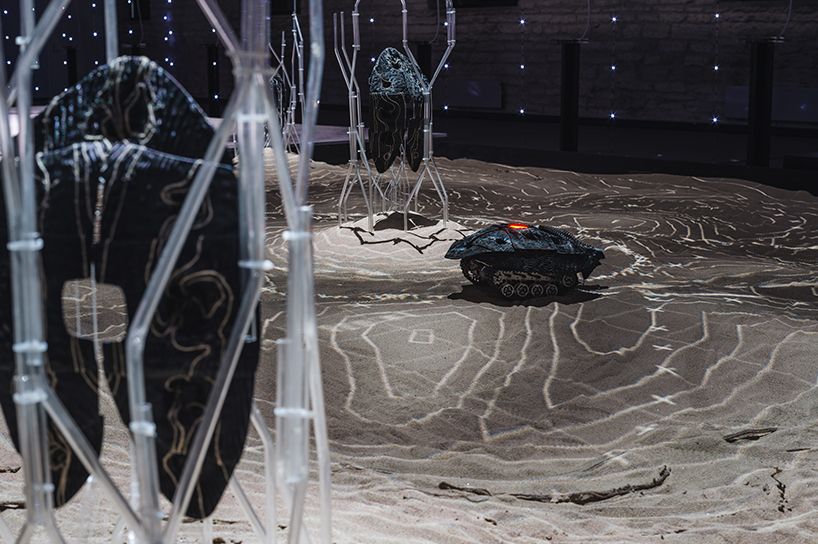
image © tõnu tunnel.
barcelonian based practice noumena has developed a framework to build this narrative based on the cross disciplinary intersection of computational design, mechanical and electronic design, rapid prototyping interaction and mapping. nowadays, computing tools as well as rapid prototyping machines allow to have a quick practical feedback on design solutions and to iterate experimenting different possibility at the same time giving the chance to choose and custom a functional part.
Continue reading “Noumena’s Robotic Habitats Questions The Evolution of Artificial Intelligence” »
Jan 25, 2018
DARPA Wants to Build an Image Search Engine out of DNA
Posted by Klaus Baldauf in category: biotech/medical
Jan 25, 2018
Behind the simulations imagining the nuclear apocalypse
Posted by Derick Lee in categories: cybercrime/malcode, finance
Security experts say more of these hands-on demonstrations are needed to get an industry traditionally focused on physical protection to think more creatively about growing cyber threats. The extent to which their advice is heeded will determine how prepared nuclear facilities are for the next attack.
“Unless we start to think more creatively, more inclusively, and have cross-functional thinking going into this, we’re going to stay with a very old-fashioned [security] model which I think is potentially vulnerable,” said Roger Howsley, executive director of the World Institute for Nuclear Security (WINS).
The stakes are high for this multibillion-dollar sector: a cyberattack combined with a physical one could, in theory, lead to the release of radiation or the theft of fissile material. However remote the possibility, the nuclear industry doesn’t have the luxury of banking on probabilities. And even a minor attack on a plant’s IT systems could further erode public confidence in nuclear power. It is this cruelly small room for error that motivates some in the industry to imagine what, until fairly recently, was unimaginable.
Continue reading “Behind the simulations imagining the nuclear apocalypse” »
Jan 24, 2018
Scientists Just Cloned Monkeys. Humans Could Be Next
Posted by Shane Hinshaw in category: biotech/medical
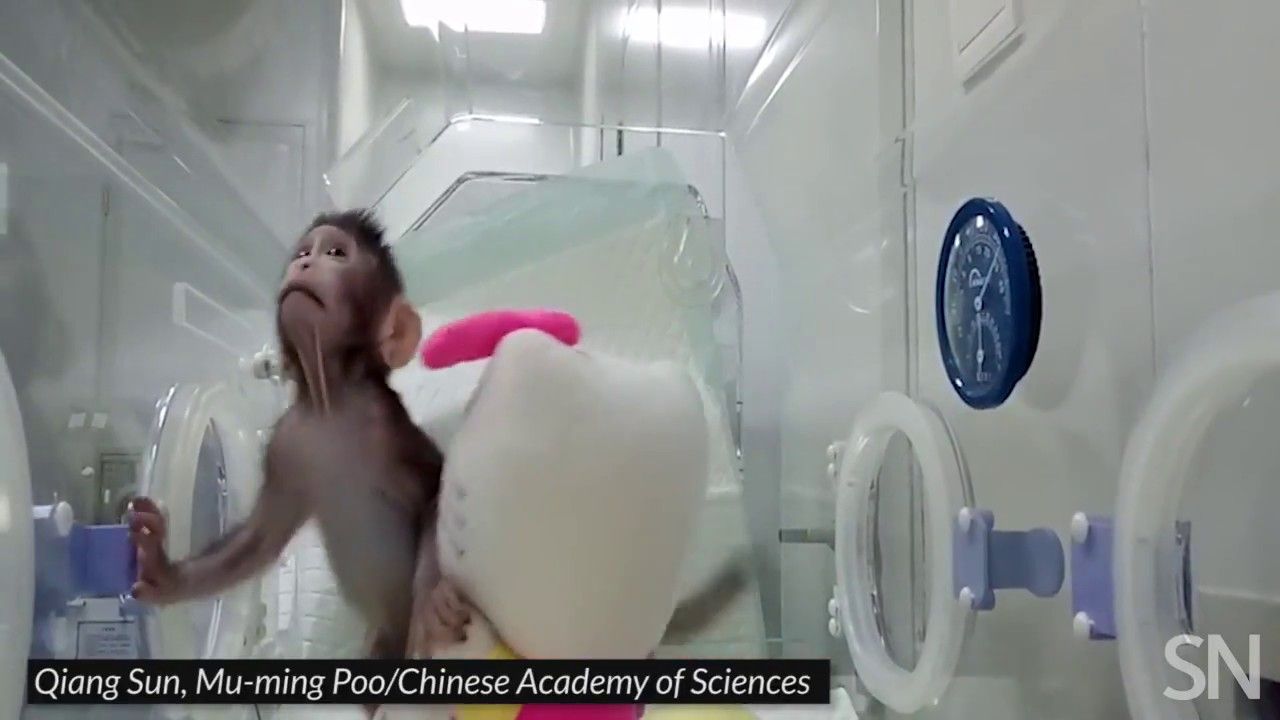
Since the birth of Dolly the sheep in 1996, scientists across the globe have used the same technique to clone nearly two dozen other animal species, including cats, dogs, rats, and cattle. Primates, however, had proven resistant to the process — until now.
In a new study published in Cell, a team of Chinese researchers led by Qiang Sun at the Chinese Academy of Sciences Institute of Neuroscience in Shanghai reveal that they’ve found a way to tweak the Dolly cloning technique to make it work in primates. Their efforts have resulted in the birth of two cloned female macaques: Zhong Zhong and Hua Hua.
Continue reading “Scientists Just Cloned Monkeys. Humans Could Be Next” »
